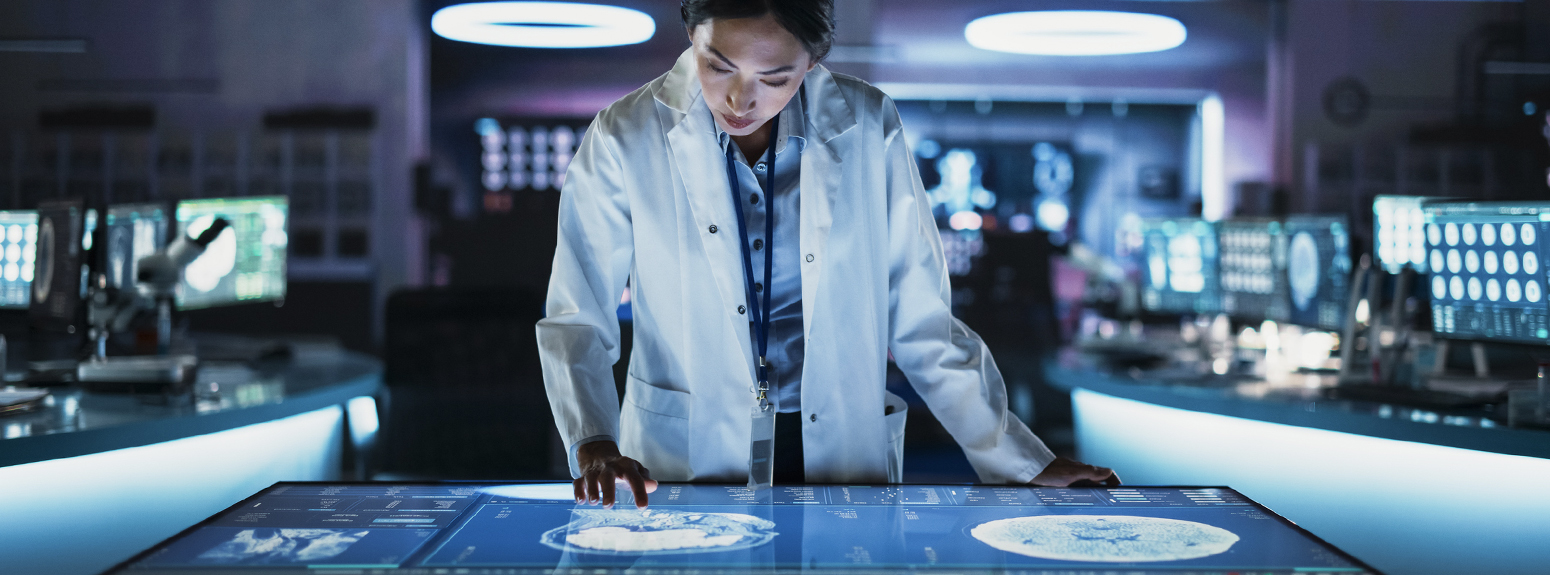How the Metaverse will transform the future of work
The report "How the Metaverse will shape the future of workplace", produced by the Neuroscience Lab of Intesa Sanpaolo Innovation Center in collaboration with the IMT Scuola alti studi, explores how emerging technologies can revolutionize the way we work, the challenges to be faced and the contribution of neuroscience.


The adoption of immersive technologies continues to gain ground, leading the metaverse to influence significantly the world of work, education, health and manufacturing. Although the concept is constantly evolving, the recent report entitled "How Metaverse will shape the future of workplace", produced by IMT Scuola Alti Studi Lucca and the Neuroscience Lab of Intesa Sanapolo Innovation Center, explores how these technologies can revolutionise the way we work and collaborate.
What scenarios opens the metaverse for creating a new working world
The metaverse - a network of interconnected virtual and three-dimensional worlds - opens up new scenarios for collaboration between colleagues and remote working. Through emerging technologies such as virtual reality (VR), augmented reality (AR) and digital twins, workers can participate in meetings, collaborate on complex projects and even simulate work scenarios in virtual environments that recreate real conditions.
The application fields of the metaverse: from health to education and tourism
The report also shows how metaverse and its applications extend well beyond the technological sectors, to areas such as health, education and tourism. For example, in healthcare, doctors can use virtual reality simulations to refine complex surgical techniques, while in education word virtual classrooms offer students interactive learning experiences, allowing the simultaneous exploration of three-dimensional content.
The results of the applied research project on the influence of metaverse environments in collaboration and learning
One of the studies mentioned in the report is the applied research project that saw some colleagues from the Intesa Sanpaolo Group working in metaversical environments, and has explored how metaverse virtual environments can influence collaboration and learning in the workplace. The research compared different scenarios: from classic face-to-face work, to video conferencing, to immersive experiences.
Although the use of these new technologies offers a different mode of interaction, results suggest that the metaverse can provide experiences comparable to those in physical presence, providing new opportunities to explore ways in which immersive technologies might be integrated into the workplace.
Challenges for new immersive work models in the metaverse
However, the transition to these new working models presents several challenges. Issues such as privacy, data security and the ergonomics of used technologies (such as VR visors) must be addressed to ensure safe and effective adoption on a large scale. In addition, prolonged use of immersive environments can increase cognitive load and mental and visual fatigue.


The contribution of neuroscience to transform the world of work by optimizing the use of metaverse
In this context, neuroscience can play a crucial role by providing valuable insights into how these technologies affect the human brain. Through the study of mental fatigue, cognitive ergonomics and the effectiveness of interaction in immersive environments, neuroscience can help optimize the design and use of the metaverse in work contexts.
For example, understanding how to reduce stress and fatigue from prolonged use of VR headsets can improve the cognitive well-being of workers, while the analysis of listening and collaboration processes in these environments can help to make interactions between colleagues more fluid and natural.
In conclusion, the metaverse represents an extraordinary opportunity for the future of work, offering collaborative environments that go beyond traditional limitations. With the continuous development of these emerging technologies, the world of work is preparing for a deep transformation, in which efficiency, flexibility and well-being of employees will be closely linked to these new ways of interaction.
